Have you ever thought about the social implications of sounds? Daniel Gafà explored the locality of Birżebbuġa through its soundscapes. His study highlights the role that sounds play in shaping residents’ sense of place.

Soundscapes, defined as sounds perceived and understood within context, can influence social interactions, evoke emotions, and deepen connections to specific locations. Birżebbuġa, a town with a mix of natural, residential, and industrial zones, creates a unique auditory experience. Under the supervision of Prof. Godfrey Baldacchino, the research conducted with the Department of Sociology in fulfilment of my master’s dissertation explored how residents perceive these sounds and how these perceptions contribute to their connection to the town.
Drawing on Robert Schafer’s classifications of sound (soundmarks, signal sounds, and keynote sounds), the study analysed Birżebbuġa’s diverse soundscapes through recordings and the residents’ reactions and discussions about them. Soundmarks like church bells give identity to a place, while signal sounds, such as aeroplane noise, stand out from the ambient background. Keynote sounds, like birdsong, form part of the auditory background that residents may eventually ignore.
For this study, sounds were recorded from locations around Birżebbuġa, including the village core and church square, the Freeport, Tal-Mara Cliffs (near Għar Ħasan), and by the sea. These recordings were then played to residents, prompting them to share their thoughts, memories, and feelings tied to these sounds. This method is called audio elicitation.

The focus group revealed complex relationships between residents and the sounds around them. For instance, the sound of church bells invoked nostalgia and a sense of belonging for some, while the sea’s sounds were associated with the town’s identity above and beyond its association with tranquillity. Natural sounds from Borġ in-Nadur and Wied Żembaq offered relaxation, though noise from nearby racetracks and planes occasionally intruded, highlighting the conflicting nature of overlapping soundscapes. The sound taken at the open market prompted a conversation among participants about the unique sounds that used to identify different street hawkers, especially in the past. Such sounds can be regarded as part of the Maltese sonic identity.
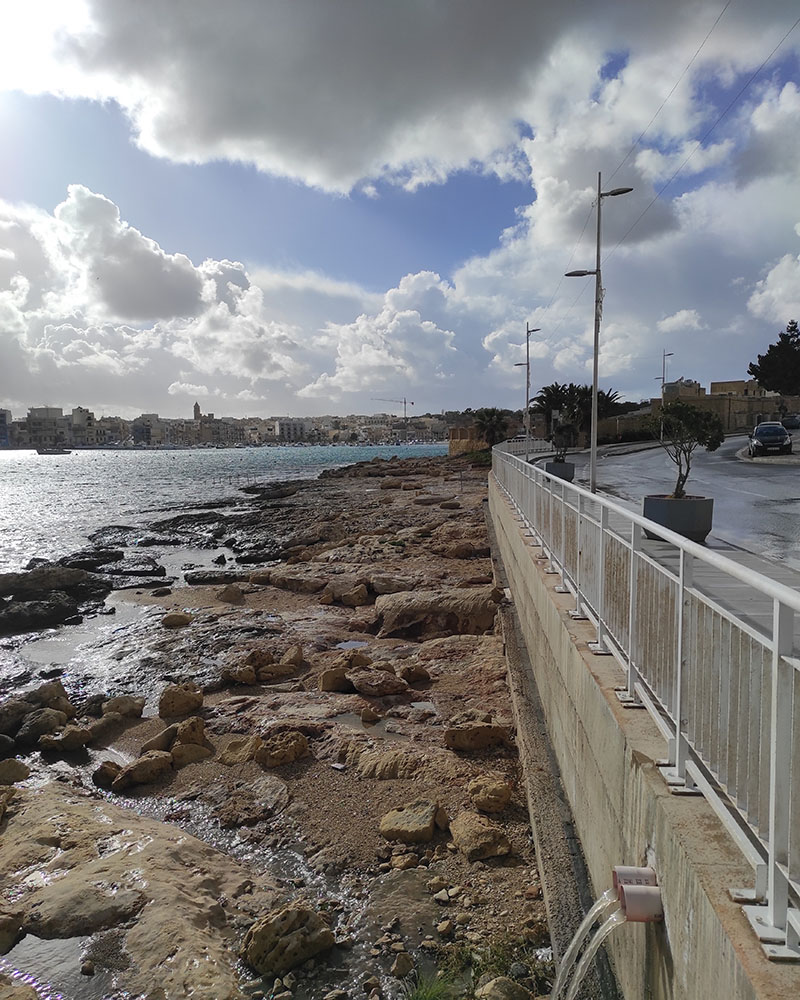
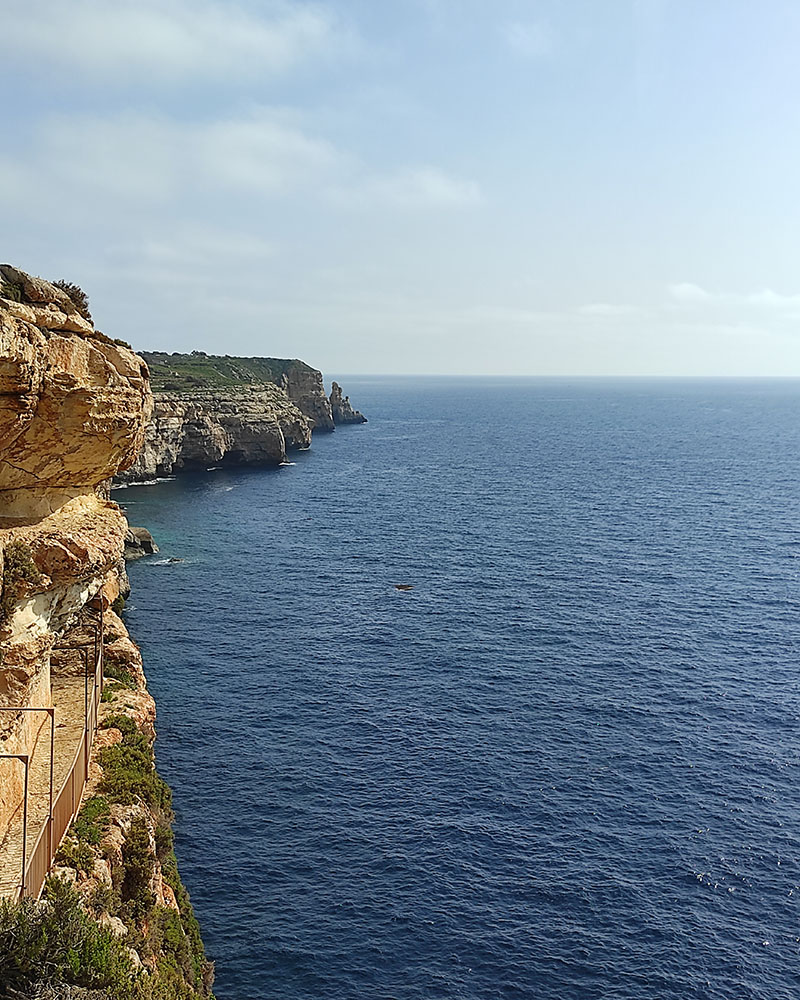
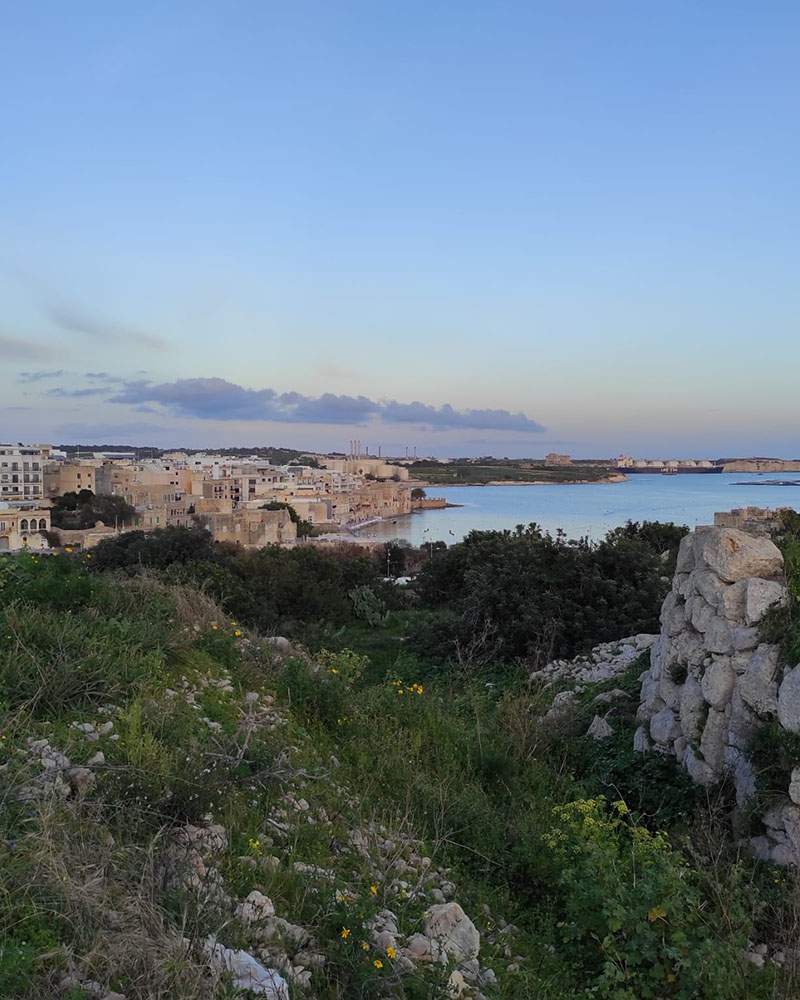
The Freeport’s noise, on the other hand, was perceived as disruptive. It affected not only human residents but also local wildlife, notably bird populations. One participant noted, ‘I do not know how we have the Freeport near a Natura 2000 site… I see them as incompatible, both because of the light and noise.’
Aeroplane noise presented another layered experience. While some long-term residents had grown accustomed to it, considering it a keynote sound, others found it distracting, especially when it overpowered indoor sounds like the television. Participants noted how this sound is more noticeable to visitors, emphasising how residents’ degree of familiarity changes their perception of noise.

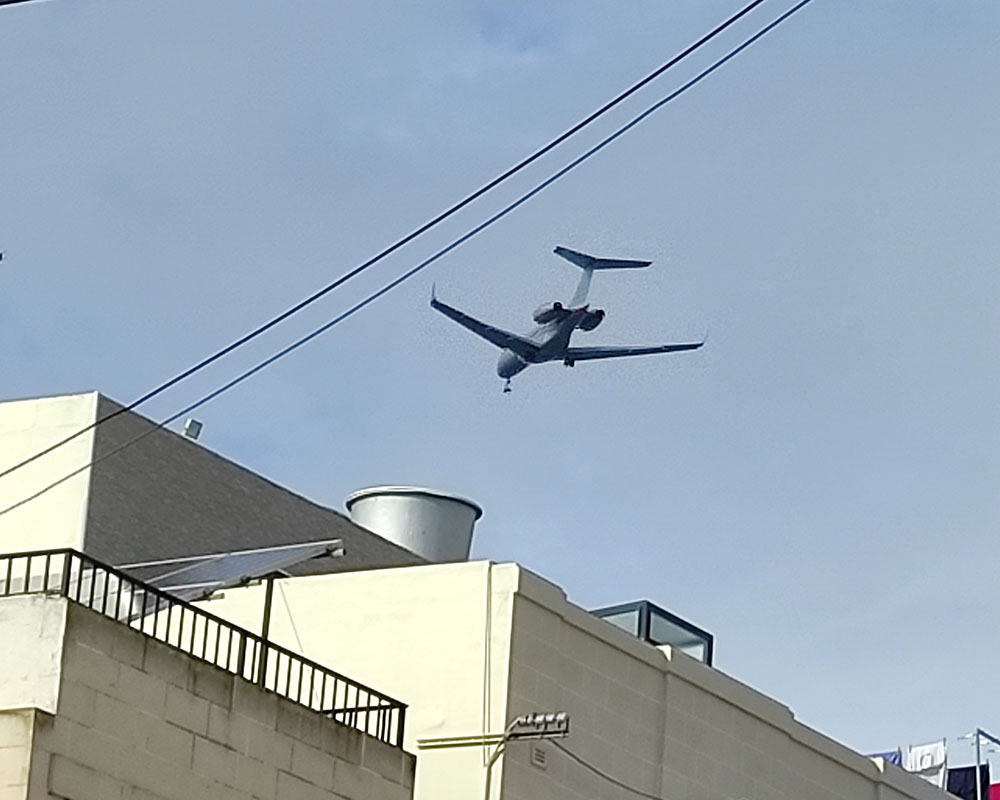
Industrial changes have altered Birżebbuġa’s soundscape, but the study found that residents maintained a strong attachment to their town. Many expressed a desire to preserve Birżebbuġa’s natural and community soundscapes, with one participant saying they ‘wouldn’t trade the town for anything’. This attachment underscores how a sense of place is deeply rooted in both positive and negative experiences within familiar soundscapes.
In conclusion, Birżebbuġa’s soundscapes offer a rich auditory identity that strengthens residents’ sense of belonging. This research into Birżebbuġa’s soundscape shows how audio experiences shape personal and also shared emotional connections to place. Moreover, there were soundscapes that prompted participants to view Birżebbuġa positively, highlighting the importance of preserving such aspects of the locality.
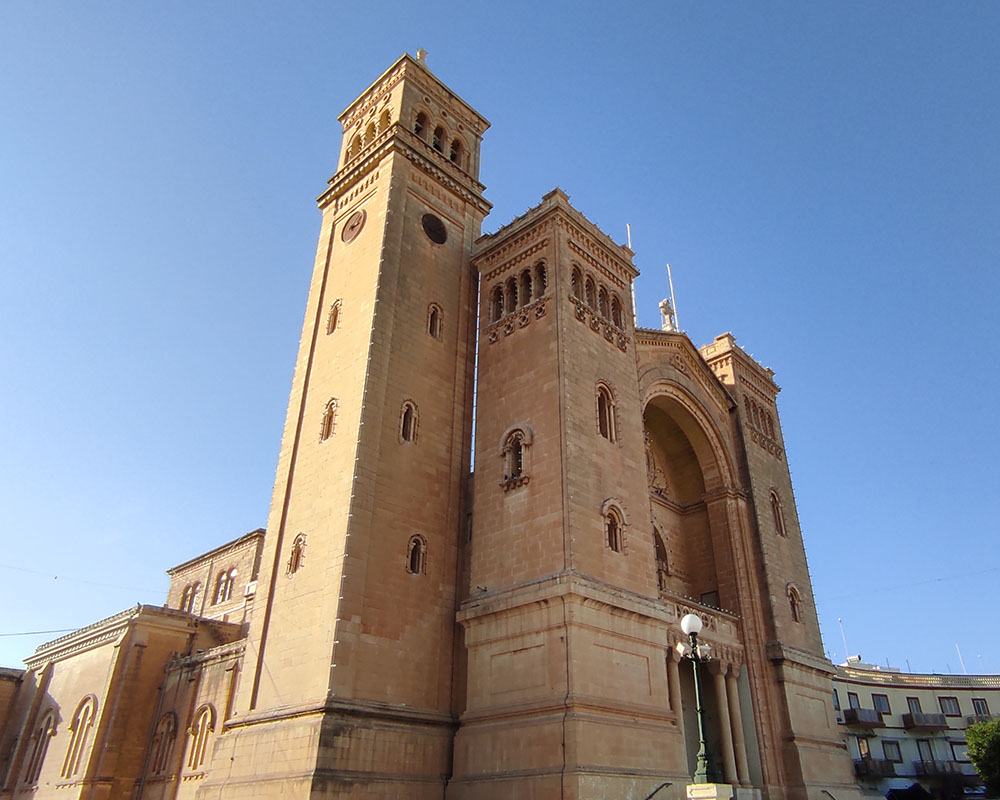
This study helped participants engage more meaningfully with Birżebbuġa’s diverse soundscapes, appreciating both the vibrant community and natural surroundings, ultimately also leading to the expression of shared concerns. Thus, the vibrance of Birżebbuġa’s soundscapes can also help to identify and address the negative noise impacts to promote a healthier community. On a personal note, this research served as a journey and invitation to view Birżebbuġa more positively.

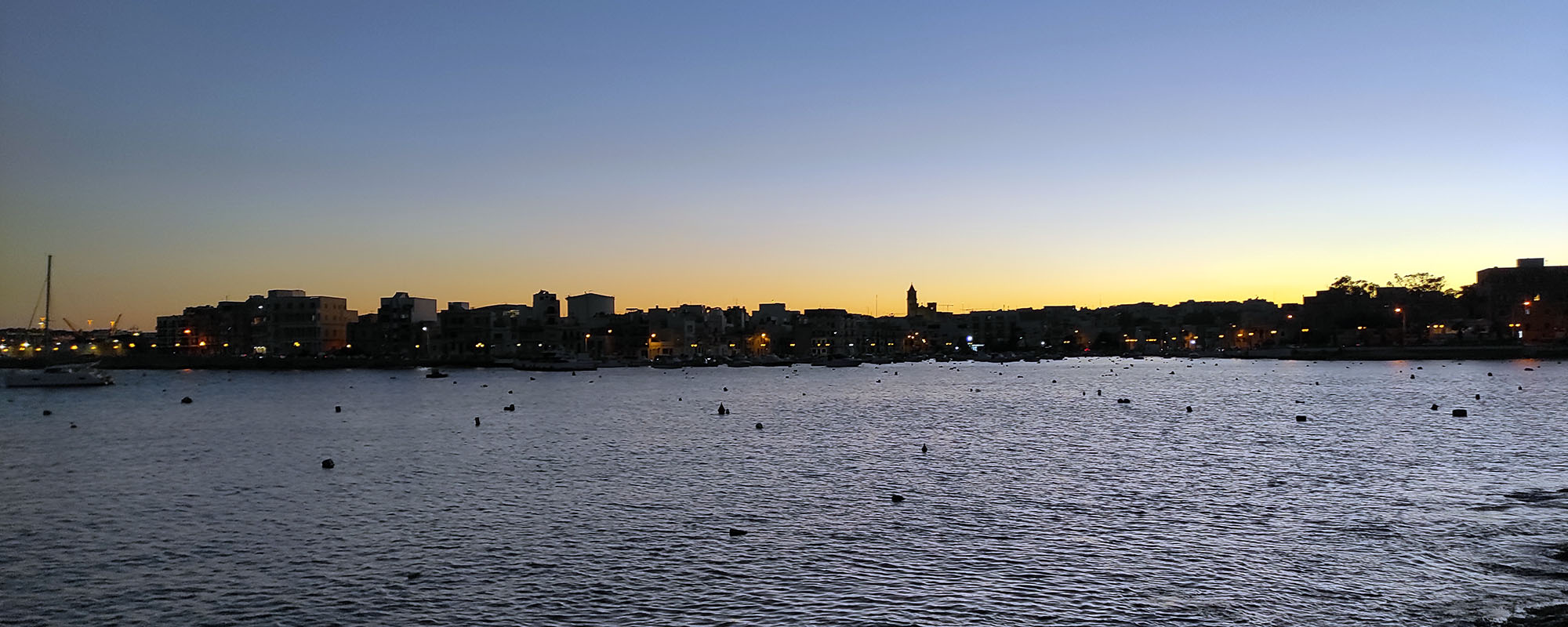



Comments are closed for this article!